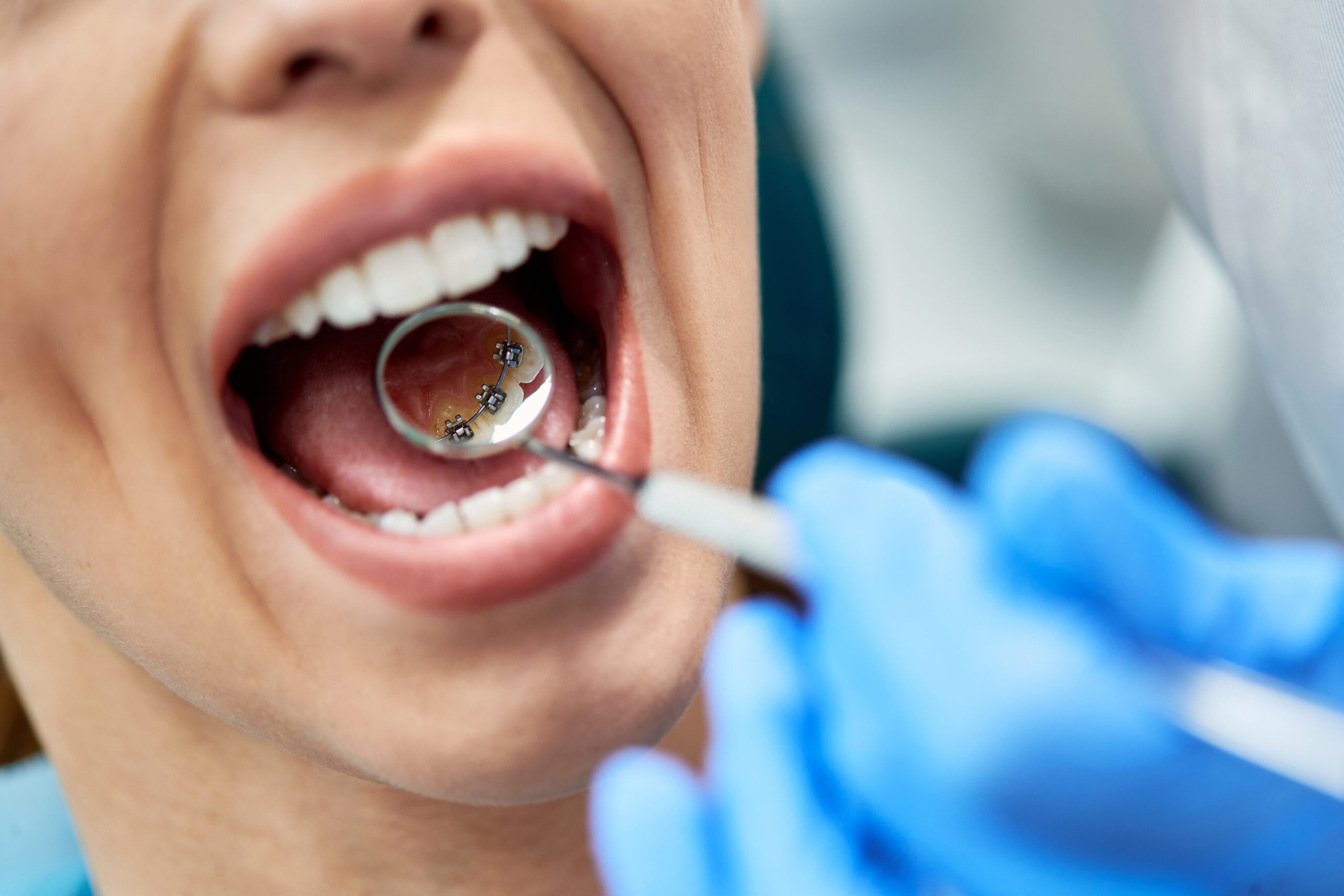How Legacy Orthodontics can Save You Time, Stress, and Money.
How Legacy Orthodontics can Save You Time, Stress, and Money.
Blog Article
The Definitive Guide for Legacy Orthodontics
Table of ContentsThe 4-Minute Rule for Legacy OrthodonticsThe Buzz on Legacy OrthodonticsLegacy Orthodontics Fundamentals ExplainedFascination About Legacy OrthodonticsHow Legacy Orthodontics can Save You Time, Stress, and Money.
At Advanced Orthodontics, we provide people with a alternative therapy experience. On top of that, we offer flexible therapy routines, flexible repayment alternatives and a fun, pleasurable experience. leesburg braces. Telephone call ( 480) 357-4900 today to find out more and routine an appointment.An orthodontist is a dentist trained to identify, stop, and treat teeth and jaw irregularities. They fix existing conditions and are trained to determine troubles that may establish in the future. Orthodontists deal with individuals of all ages, from youngsters to grownups. People often connect a best smile with healthiness.
Malocclusion, or misaligned teeth, can lead to dental issues, consisting of dental caries, periodontal disease, and tough or excruciating chewing. But not everyone is birthed with straight teeth. If you have a poor bite or large areas between your teeth, you might intend to consult a dental practitioner specializing in orthodontic treatment.
The 8-Minute Rule for Legacy Orthodontics
( Photo Credit History: DigitalVision/Getty Images) Orthodontists utilize fixed and removable oral gadgets, like dental braces, retainers, and bands, to change the placement of teeth in your mouth. Orthodontic therapy is for dental abnormalities, including: Crooked teethBite issues, like an overbite or an underbiteCrowded teeth or teeth that are as well much apartJaw misalignmentThe goal of orthodontic therapy is to enhance your bite.
A healthy bite ensures you can consume, chew, and talk appropriately. While you could consider orthodontists as mostly for children or teens who need braces, they can remedy oral troubles at any kind of age. Orthodontists attend college, dental college, and orthodontic institution. After graduation, they invest 2 or 3 years in an orthodontic residency program.
All orthodontists are dental professionals, yet not all dental professionals are orthodontists. Orthodontic residency programs provide extensive, focused instruction for dental specialists. They focus on two areas: Exactly how to effectively and safely move teeth Just how to appropriately lead development in the teeth, jaw, and faceOnce an orthodontist has completed training, they have the option to end up being board certified.
Fascination About Legacy Orthodontics
Malocclusion leads to tooth congestion, an irregular jaw, or uneven bite patterns. Malocclusion is usually treated with: Your orthodontist connects steel, ceramic, or browse around this site plastic square bonds to your teeth.
Some individuals require a headwear to aid relocate teeth right into line with stress from outside the mouth. A retainer is a custom tool that keeps your teeth in location.
They can develop additional area in the mouth without having to pull teeth. Orthodontists use cords, surgical screws, or plates to support your jaw bone.
You might require to see an orthodontist if you have: Crowding or not enough room for all of your teethOverbite, when your top teeth come your bottom teethUnderbite, when your bottom teeth are also much forwardSpacing or concerns with gapsCrossbite, which is when your top teeth fit behind your bottom teeth when your mouth is closedOpen bite or a vertical void between your front bottom and top teethMisplaced midline, when the center of your base and top teeth do not line up Dealing with a dental malocclusion can: Make attacking, eating, and speaking easierImprove the balance of our face and your general appearanceEase discomfort from temporomandibular joint problemsSeparate your teeth and make them simpler to clean up, aiding stop dental caries or tooth cavities It's often a dental practitioner that initially notices misaligned teeth during a regular examination.
Some Known Facts About Legacy Orthodontics.

During your very first orthodontic appointment, you'll likely have: A dental examPhotos taken of your face and smileDental X-raysPanoramic (360 degree) X-rays of your face and headImpressions to produce molds of your teethThese examinations will help your orthodontist recognize how to wage your treatment. orthodontics. An orthodontist is a dental professional that's had training to treat your teeth and jaw
Orthodontists might do surgery, exams,X-rays,and more to aid you attain a more comfortable, much healthier smile. An orthodontist is concentrated on your bite, so something like a chipped tooth would be handled by a dental practitioner. Orthodontists are dental experts yet not all dental experts are orthodontists. Orthodontists are focused on your bite, or the way your teeth meshed, and the straightness of your teeth.
Ever before questioned just how stars always seem to have perfectly lined up teeth? Orthodontists are dental experts who focus on correcting abnormalities in the teeth and jaws.
Indicators on Legacy Orthodontics You Need To Know

While dental braces are the most generally recognized orthodontic treatment, orthodontists have a diverse toolkit at their disposal. The specific method chosen depends upon the severity of the case, the client's age, and private preferences. These reliable dental braces use a system of braces adhered to the teeth and linked by cables.
These detachable trays are personalized to gradually move the teeth's position. In situations of slim jaws, palatal expanders can be made use of to create room for appropriate tooth alignment.
Report this page